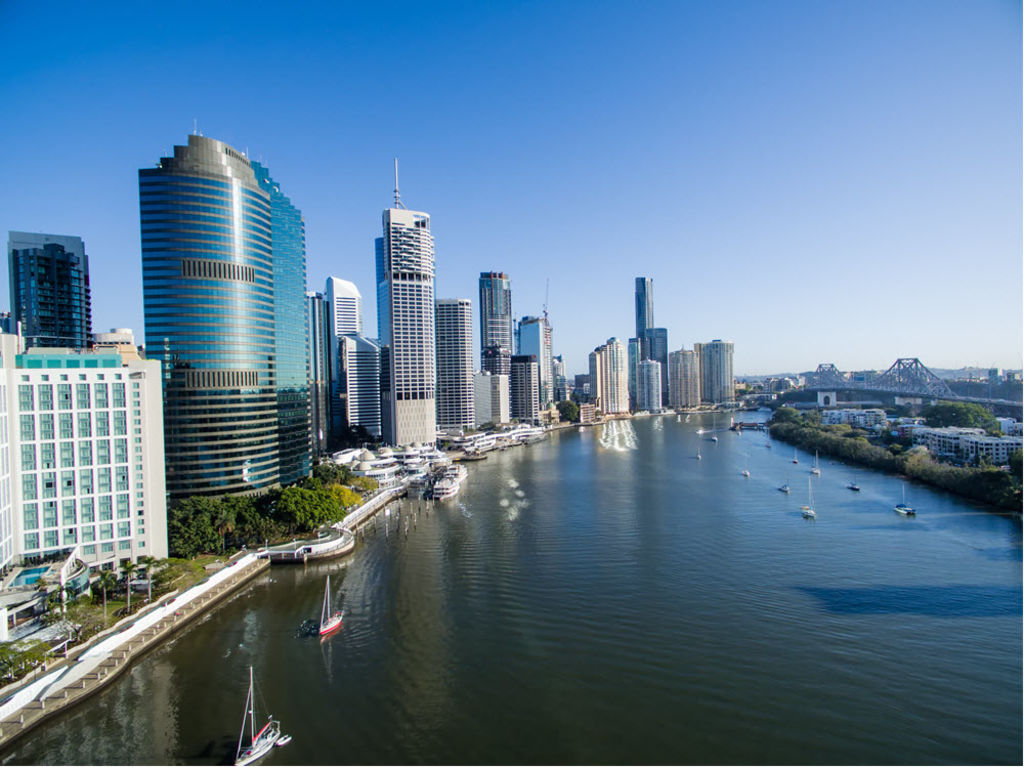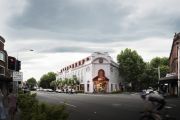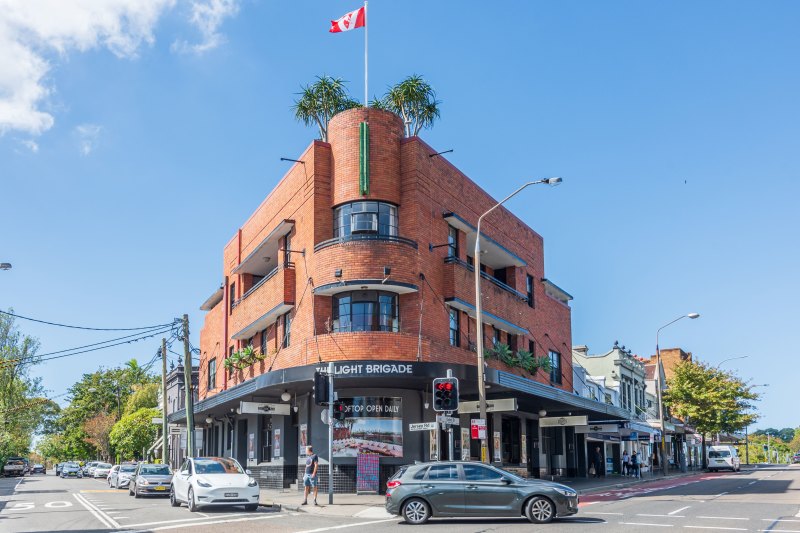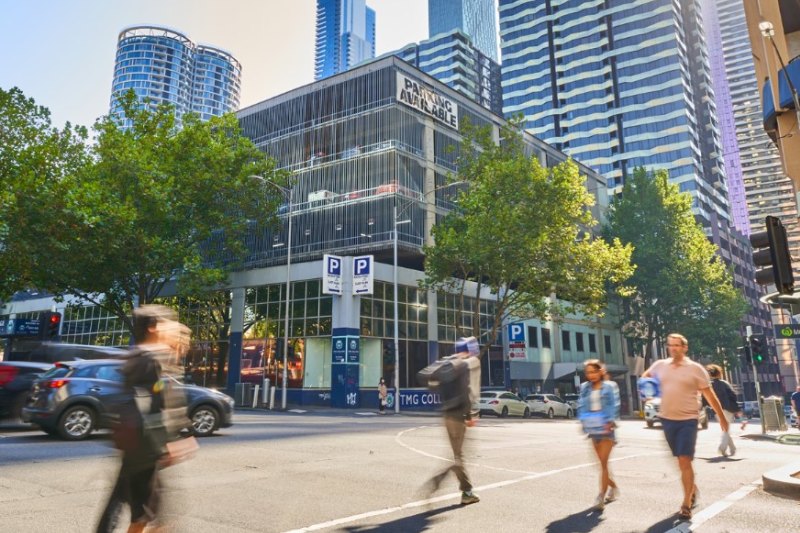
Strengthening Queensland economy is leading to an upswing in tenant demand
The Brisbane’s commercial leasing markets have made a strong start to the year, but some segments are performing better than others.
The upswing compared with last year is partly due to significant inquiry, and buyer demand for Brisbane commercial assets in particular, according to Knight Frank.
Knight Frank partner and head of Queensland Ben McGrath said the weight of local and overseas capital looking to invest in Brisbane was the highest he had seen.
“Brisbane has now been on the investment radar for some time, with the southeast-Queensland economy reaching a level of maturity that has put it on par with its southern counterparts,” Mr McGrath said.
“We have a strengthening economy, with population and jobs growth, a mining resurgence and an infrastructure pipeline worth hundreds of billions of dollars, all of which is creating confidence.”
He said Brisbane CBD office vacancies were continuing to reduce and were forecast to be about 11.5 per cent by the middle of this year, courtesy of sustained tenant demand as well as limited future supply.
Mr McGrath said the significant supply constraint would likely push down vacancies further over the next two years.
However, JLL Queensland head of office leasing Adam Barrett said the CBD supply story had changed over recent months.
Prior to Christmas there had been little new supply on the horizon, but that situation had now shifted with four buildings under construction and three more seeking development approval.
“There is about 70,000 square metres of new development and backfill space that will hit the market between mid-2021 and late 2022, which is the equivalent of two new office towers,” Mr Barrett said.
He said the new supply pipeline had evolved from the Suncorp announcement in 2017 that it was in the market for new headquarters, and had continued since that time.
That deal was ultimately won by Mirvac’s 80 Ann Street, with Suncorp set to lease 39,600 square metres of premium-grade commercial space and consolidate operations into the new building from 2022.
“Obviously everyone geared up to get a site ready for that and the people who missed out have kept on the journey, which is why is we have more sites today than we’ve ever had,” Mr Barrett said.
“If you go back two years, we had two DAs in the CBD, being 300 George Street and The Regent. We’re now got seven, of which four of those are under construction.”
Your Commercial sales and leasing director Chris McLeod said A-grade office rents were robust, but large incentives were still in play.
He said tenants were increasingly looking for spaces that offered character or a point of difference in the market, such as end-of-trip facilities.
“Owners are needing to be proactive and need to ensure they are putting a top product on the market, including ensuring the building looks good and the fitout is in place,” he said.
“There is increased demand for communal facilities such as board rooms and kitchens so that tenants are getting more space for their buck.”
Another solid segment of the commercial leasing market is industrial, with Colliers International research finding that there is less than 3.5 years of available industrial land ready to develop in Brisbane.
This had, in turn, led to reinvestment in older-style secondary assets in core locations, with tenants weighing up the benefits of being centrally located versus building new facilities in outer Brisbane regions, according to experts.
Colliers International industrial national director Anthony White said the trend towards new-build and refurbished opportunities was also evident in the mid-tier Brisbane industrial market, which was experiencing a flight to quality among corporates looking to house distribution functions.
“Increasingly, corporate tenants looking for 2000 to 5000 square metres will not negotiate on building quality, with staff retention and environmental considerations being at the forefront of decision-making,” he said.
The retail sector, however, is not posting such stellar results, although strong population growth and an increasing tourism sector will likely have a positive effect on sentiment in the future.
According to JLL, although the state has enjoyed a steady household consumption rate, the spending power of consumers is being squeezed by limited wage growth and record low household savings.
That meant that rental growth prospects were limited in the near-term with the vacancy risk remaining elevated, particularly in secondary assets, as retailers look to upgrade or consolidate their store offerings to stronger performing retail centres.
Get a weekly roundup of the latest news from Commercial Real Estate, delivered straight to your inbox!






